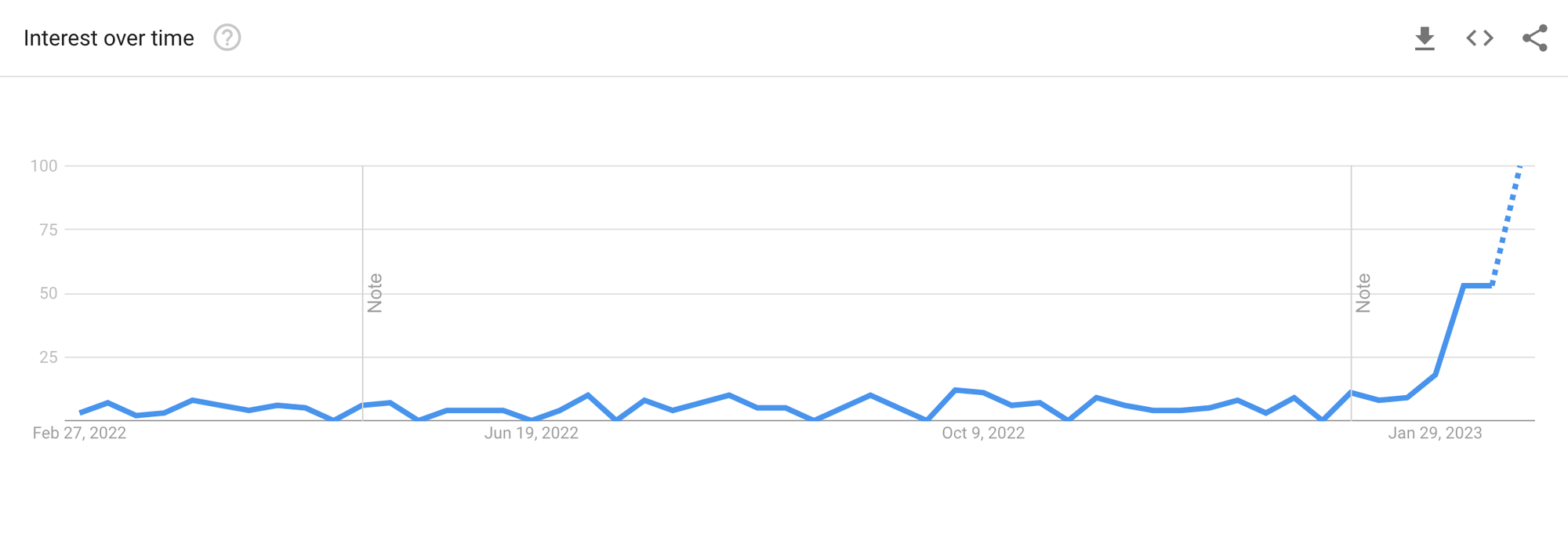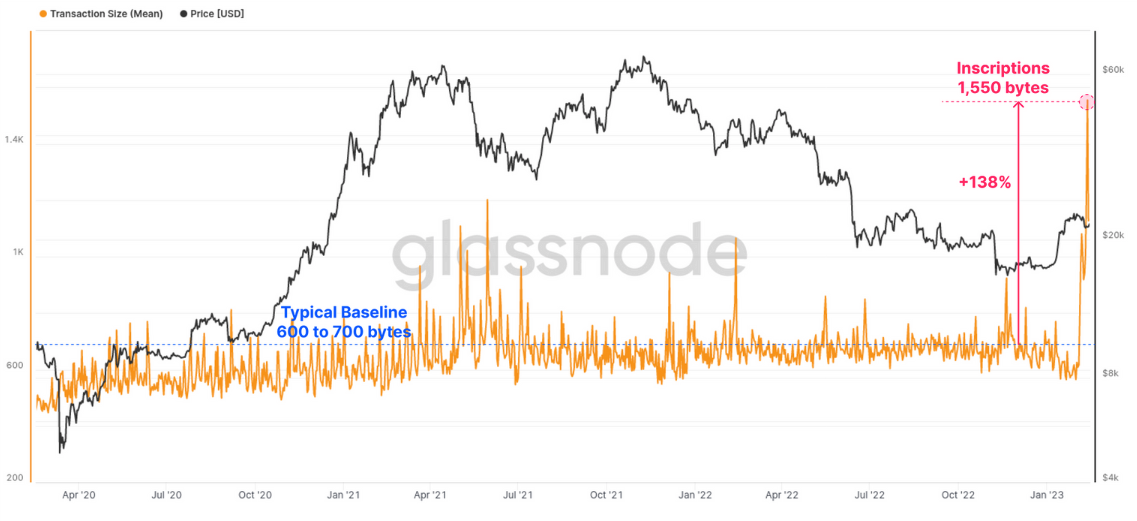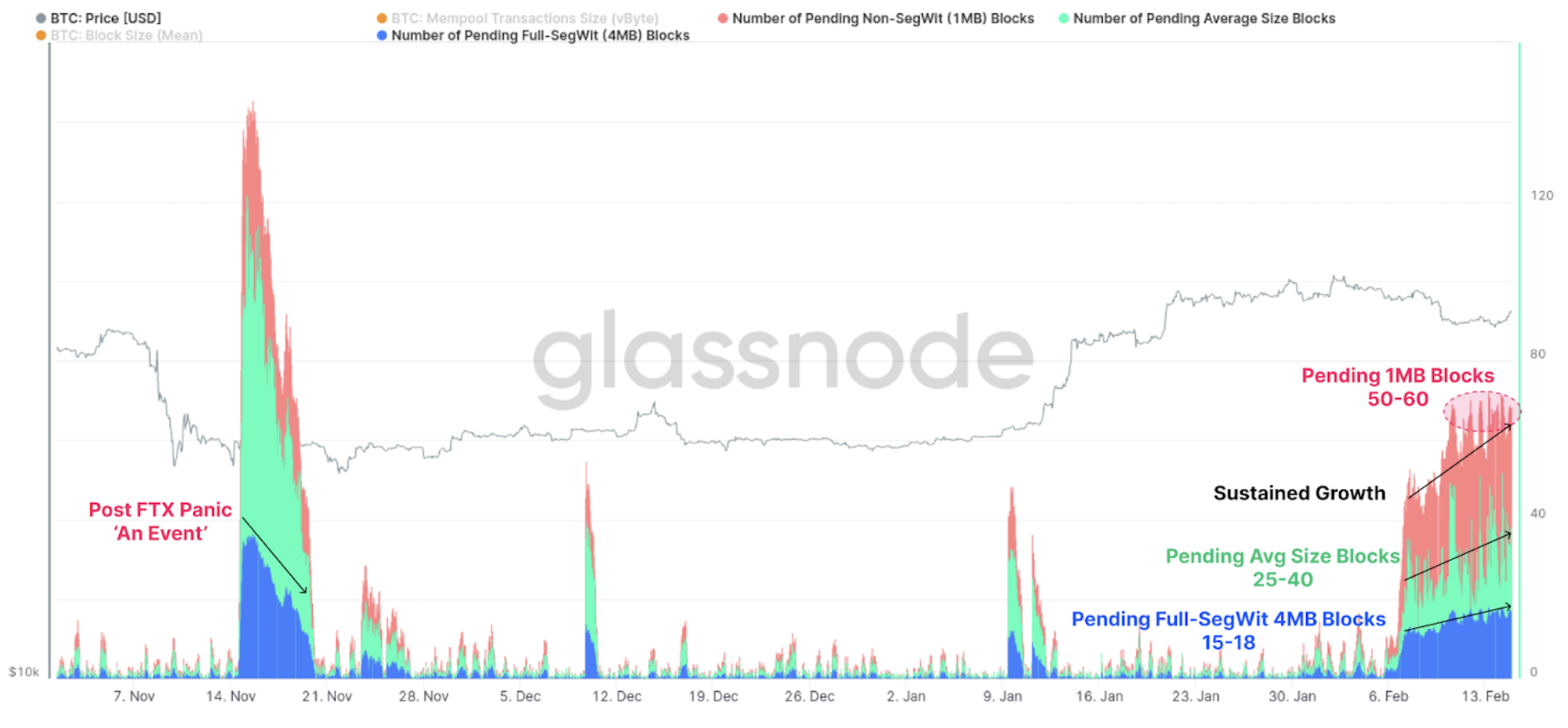Ordinals NFTs: Will the next CryptoPunk be on Bitcoin?
The new ordinal protocol allowed data to be inscribed into a satoshi and started Bitcoin NFT craze. Should you pay attention?
Most people in NFT communities have likely heard about Bitcoin NFTs by now. Since its launch at the end of January, it has become a hot topic, and many people wonder if they can find the next CryptoPunks or Bored Ape Yacht Club (BAYC) among Bitcoin NFTs.

While there may be life-changing opportunities, Bitcoin NFTs are a new concept and carry significant risks. Before diving into this new crypto trend, it is important to understand what Bitcoin NFTs are and how the technology behind them works.
Satoshis, Ordinals and Inscriptions
Bitcoin NFTs are different from the NFTs we all know. Typically, NFTs found on Ethereum or Solana are a unique token which contains a reference pointer to the target file (such as an image file) hosted elsewhere. NFTs on Bitcoin on the other hand are satoshis (smallest denomination of Bitcoin equal to 0.00000001 BTC) with inscribed raw data. Data files that have been inscribed range from images, to audio clips, and even a version of the video game Doom.
The man behind the innovation is Casey Rodarmor, who came up with Ordinal Theory. It is a methodology to identify (via a serial number), and track each individual satoshi. These numbers are called ordinals, and constitute a numeric namespace for Bitcoin. Ordinals don't require a separate token, another blockchain, or any changes to Bitcoin. The ordinal theory also allows transfer of Satoshis as it lets to track them traveling from minting, through the full lifespan of transactions.
Adoption
Since the debut of ordinals, the activity on the Bitcoin blockchain has increased significantly. Bitcoin NFTs have brought a surge in transaction count, congestion in mempools, and an increase in average block sizes. This has resulted in a more crowded network and longer transaction processing times.
This surge can be seen clearly in charts provided by the data platform Glassnode. The chart below illustrates how Bitcoin transaction sizes has increased by 138% in recent weeks, right after the launch of Bitcoin NFTs.

It's worth noting that while image inscriptions are the most common, other types of data such as audio files or code can also be inscribed. Text inscriptions are the second most common, representing over 10,000 inscriptions:

Ordinal transactions also caused an increase in the amount of low fee transactions:

At the same time, we can see a growing demand for block space, reflected in the sustained growth of the number of pending blocks required to clear the mempool:

Are Ordinals here to stay?
Right now, nobody knows how long the initial hype around ordinals will last. Will the bubble burst next week, maybe next month, or will the trend continue with more people joining? There's a good chance that we will see more adoption, since ordinals are still in such early stages that marketplaces, wallets, and other infrastructure technologies are still being built. As user experience improves, the onboarding process will filter out fewer people, laying the groundwork for further growth.
Bitcoin Ordinals NFTs could inspire other blockchains to adopt ordinal inscriptions. As a matter of fact, just recently, the first NFT has been inscribed on another proof-of-work blockchain as the Ordinals code was forked to the Litecoin network.
Could the Dogecoin blockchain be the next to adopt Ordinals? For the large Dogecoin fan community, NFTs would be a perfect fit. It's worth keeping an eye out, as early birds are often rewarded the most.
